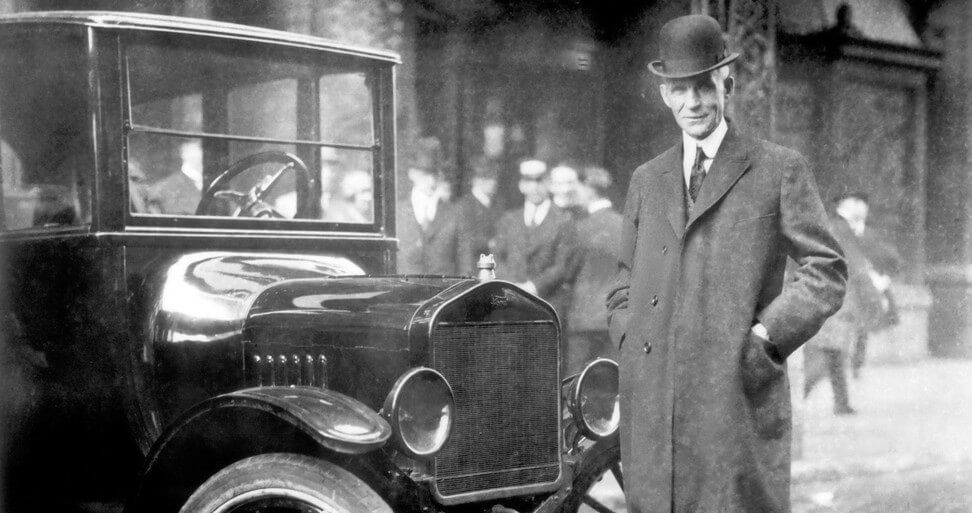I recently began interviewing potential customers as part of the customer development methodology I am using for my startup adventure. As I interviewed these potential customers, It slowly dawned in me that I might be dealing with a new market. When starting a company, market type selection affects everything. It influences marketing, income projections, customers, sales channels, etc.
Let’s take a second to go over the different market types.
Market Types
Existing Market
This is pretty straight forward. An existing market is well-defined with existing customers as well as known competitors. It’s easy for potential customers to highlight the features that are must-have or explain the edge your product is trying to bring (e.g. better performance, new features).
Re-segmented Market
Sometimes entering an existing market isn’t possible due to various issues (e.g. monopolistic market, cost of entry), but it is possible to distinguish yourself by either offering something different like targeting a niche or by offering a drastically reduced cost. By doing this, you segment the market in a way that you position yourself as the market leader. This is a re-segmented market.
Clone Market
Clone markets are simple. It is the act of copying/transposing a known startup idea into another large market containing language/cultural barriers. Common example are Yandex and Baidu which are huge search engines in Russia and China respectively.
New Market
A new happens when you talk to customers and you hear “I have never considered this”, “There’s nothing else like what you are offering” or something along those lines. You also can’t find competitors or a comparable product. This is a new market. Some examples are the iPad and Ford with its model T.
If I had asked people what they wanted, they would have said faster horses.
New Markets are radically different
While the above quote might not have been uttered by Henry Ford after all, it still illustrates quite well why a new market is fundamentally different compared to the other market types. Because of this, they also have very unique challenges that are not shared by the other market types.
Customers and Growth
A new market has to be grown. This has significant consequences for income generation. While other market types have existing customers, new market have none and this means you might not see growth for a few years as you educate your customer base. This is partially where the concept of the “Death Valley” comes from.
Marketing
For a marketing perspective, you have to shift from the standard marketing practice because, since there is no competition, you cannot compare yourself to an existing product or brand. You can’t sell new features as well because you have no competitors to compare them to. All you can do is sell your new market vision to potential customers.
Is this good or bad?
So it’s not clear if it’s good or bad, some people seem to think it is bad like Steve Blank who discusses it in this article. Peter Thiel seems to think it is good. It is possible to be in a situation where you can choose if you are in a re-segmented market or a new one, this is well explained in this other article by Steve Blank.
That said, sometimes, you can’t articulate your new product as a re-segmented market, but if you have the choice then you should spend a considerable amount of time thinking about it as it is one of the most important choices you will have to make.

